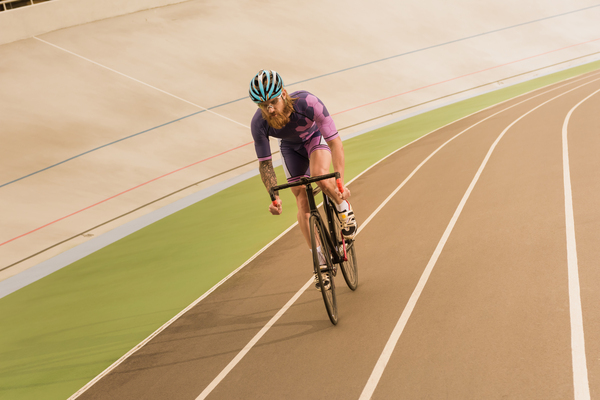Many cycling clubs are one-day, because the UCI World Teams licenses that give the right to participate in the most prestigious races are short-term, issued for a year or two, and this does not allow club owners to make long-term plans. As a result, clubs regularly change hands and change names. Unfortunately, this is not the only problem.

Team expenses
According to French publication l’Equipe, the top five cycling clubs by budget in 2016 were UK Team Sky (€35m), Katusha (€32m), US BMC (€28m), Tinkoff (€25m) and Kazakhstan’s Astana (20 million euros). This is well above the average budget for a professional UCI World Team, which is 12-14 million euros.
Team Sky in 2016 spent more than 24 million euros on salaries alone. This club is considered by many to be the strongest in the history of cycling (their dark gray bus was nicknamed the “Death Star”). The club’s main star, three-time Tour de France winner Chris Froome, has been making around €4.5m a year this season, the same as Tinkoff stars Alberto Contador and Peter Sagan.
About 1.5 million euros a year is spent on travel – gasoline, cars, air tickets. A new bus for the club is purchased for 500,000-600,000 euros (model with custom interior) and lasts 10-12 years, the maintenance of the bus costs about 50,000 euros per year.
Team income
The main part of the income budget of a cycling club with a top UCI World Team license (from 80% and above) is the money of club owners and title sponsors (UCI also issues lower-level licenses – UCI Continental Teams and UCI Professional Continental Teams). Several million euros are brought by technical sponsors, about 1.5 million euros are brought by the sale of equipment under the club’s brand. Race organizers pay cycling clubs bonuses for participation and victories, which can reach several million in a year.
For example, Team Sky’s budget in 2015, according to The Inner Ring website, consisted of the following items: 15.6 million pounds were provided by title sponsors, 2.96 million were technical (Shimano, Pinarello, Jaguar), 9 million pounds came from them in the form of various goods and equipment for the race. £3.8m was race fees and prize money, but this also seems to include merchandising revenues as they are not listed separately.
Sponsors
“Everything that I am currently wearing, from sneakers to shorts, is provided by sponsors,” Pierre Orfanidis, Tinkoff’s communications director, told the Vuelta a España race.
Cycling clubs can have up to three main (title) sponsors who are required to make payments to the club’s fund, plus several technical sponsors and suppliers who usually support the club by supplying it with their products. Some cycling clubs get almost everything from sponsors, from food and bikes to clothes, cars and tools, others prefer to buy something themselves in order to provide the club with the best equipment. In return, sponsors receive branding (making the brand visible during races), assistance in organizing races, rights to rider images and other promotional materials.
How is this going to settle?
Time will show how this situation will develop, but we hope that one day cycling will have the same popularity as other sports.
